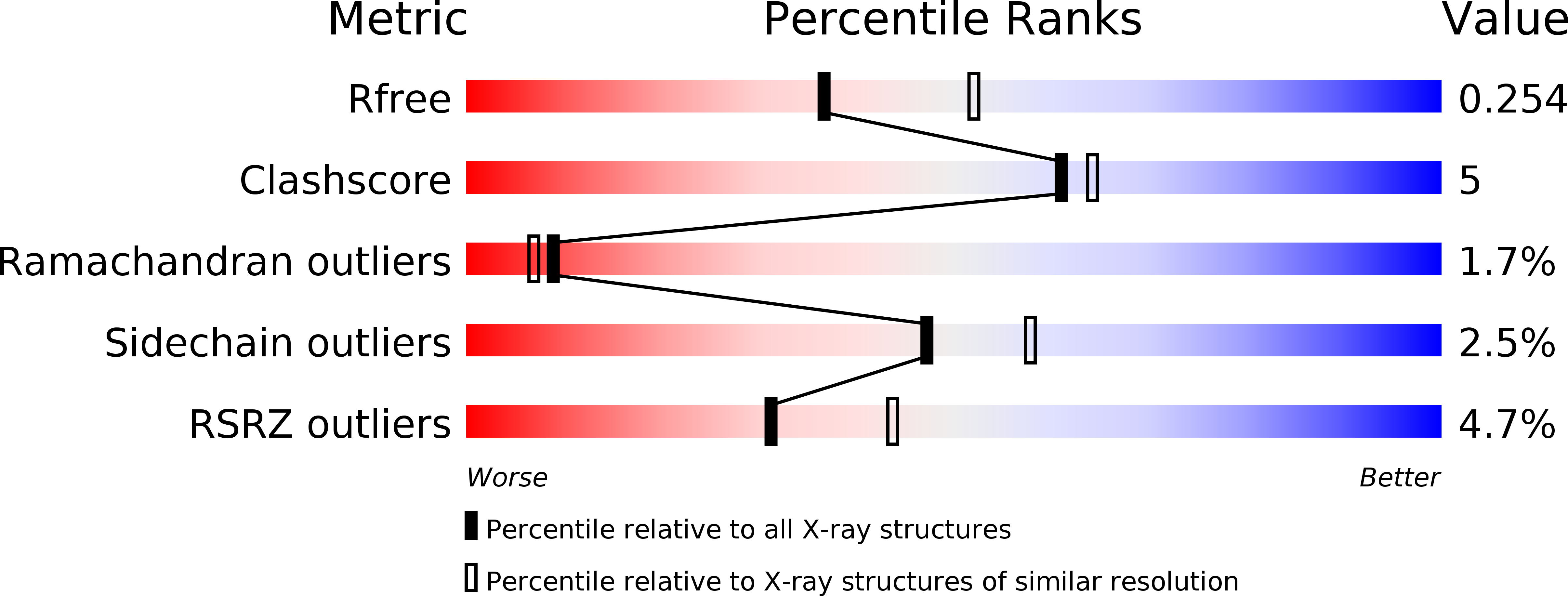
Deposition Date
2000-01-07
Release Date
2000-07-12
Last Version Date
2024-05-22
Method Details:
Experimental Method:
Resolution:
2.35 Å
R-Value Free:
0.26
R-Value Work:
0.23
R-Value Observed:
0.23
Space Group:
P 21 21 21


